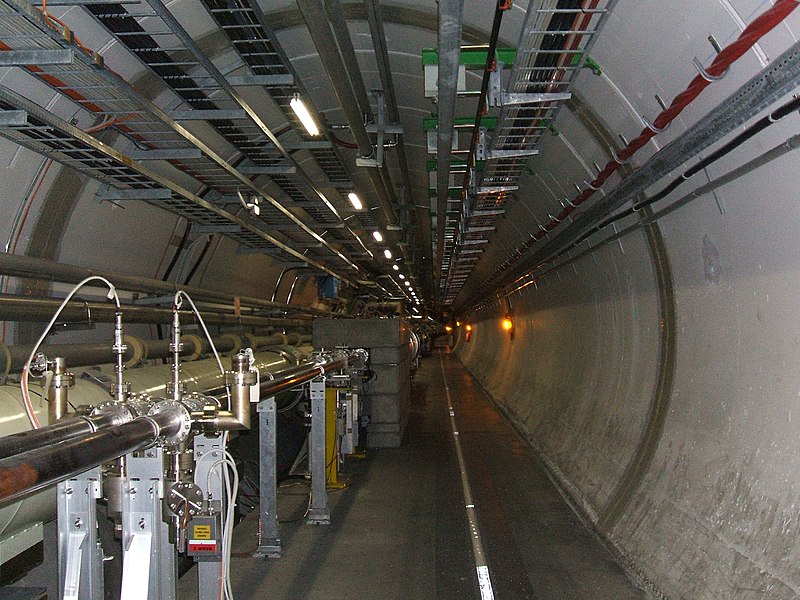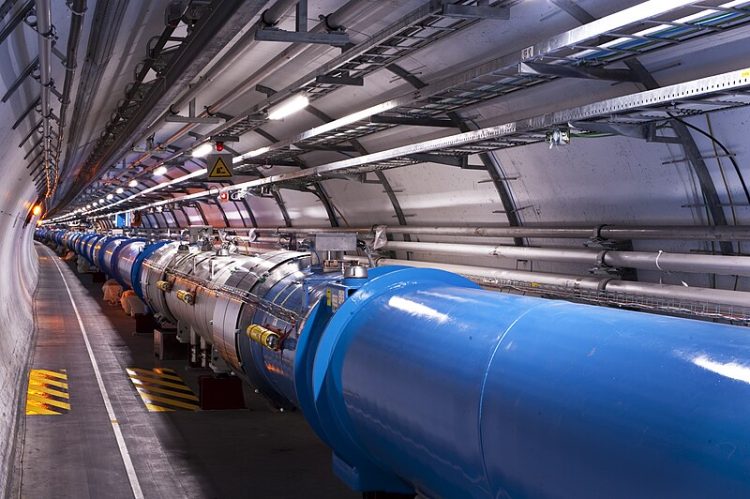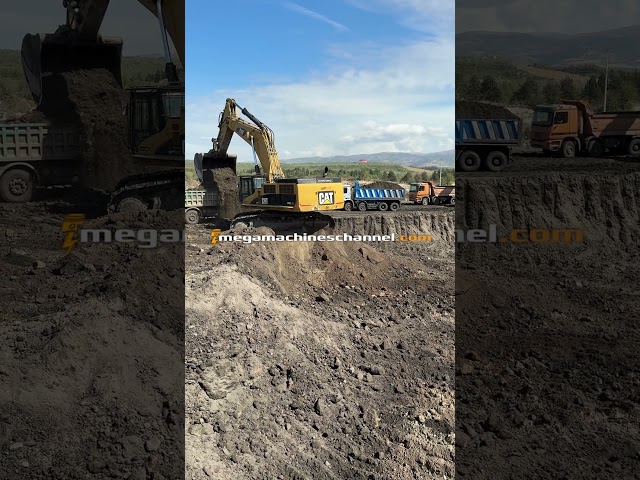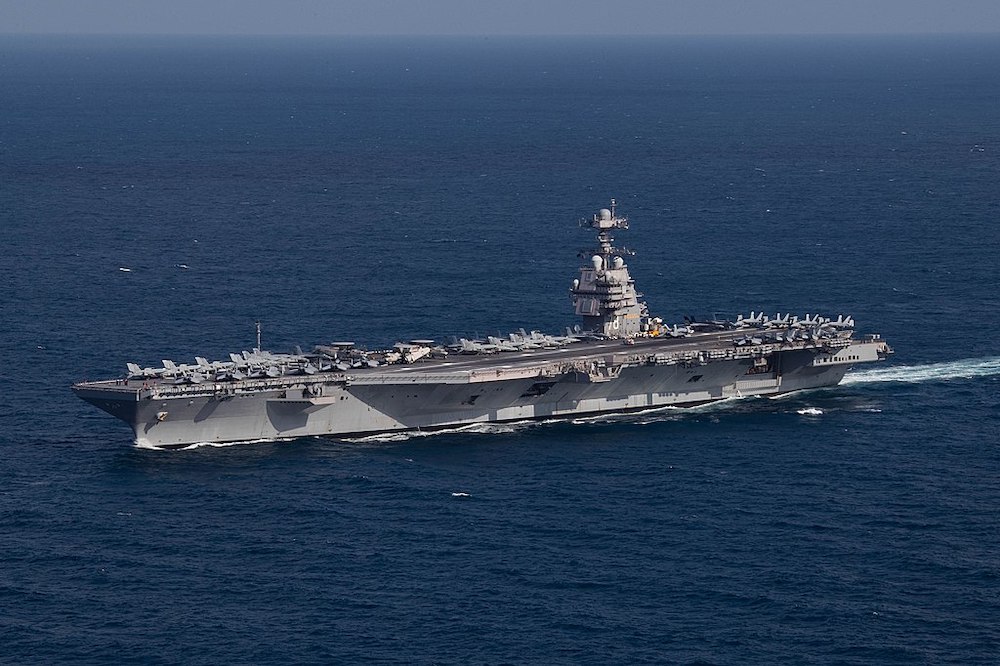The Large Hadron Collider (LHC) is hailed as the most potent particle accelerator globally. Constructed by the European Organization for Nuclear Research (CERN), it resides within a 27-km (17-mile) circular tunnel, previously home to the Large Electron-Positron Collider (LEP), buried 50–175 metres (165–575 feet) belowground on the France-Switzerland border.
Read also: The Giant Excavator (Bagger 288)
Operational testing of the LHC commenced on September 10, 2008. However, an electrical glitch in its cooling system on September 18 caused a significant temperature rise in the magnets, designed for operation near absolute zero (-273.15 °C or -459.67 °F). Initial hopes for swift repairs were overly optimistic. It resumed operations on November 20, 2009, surpassing Fermi National Accelerator Laboratory’s Tevatron as the most powerful accelerator by propelling protons to energies of 1.18 teraelectron volts (TeV; 1 × 10¹² electron volts) on November 30. In March 2010, CERN scientists announced a flaw in the LHC’s superconducting wire design, necessitating operation at half-energy (7 TeV). Shut down in February 2013 for rectification, it restarted at full capacity (13 TeV) in April 2015. A subsequent extended shutdown, focused on upgrading the LHC’s equipment, began in December 2018 and concluded in July 2022.











